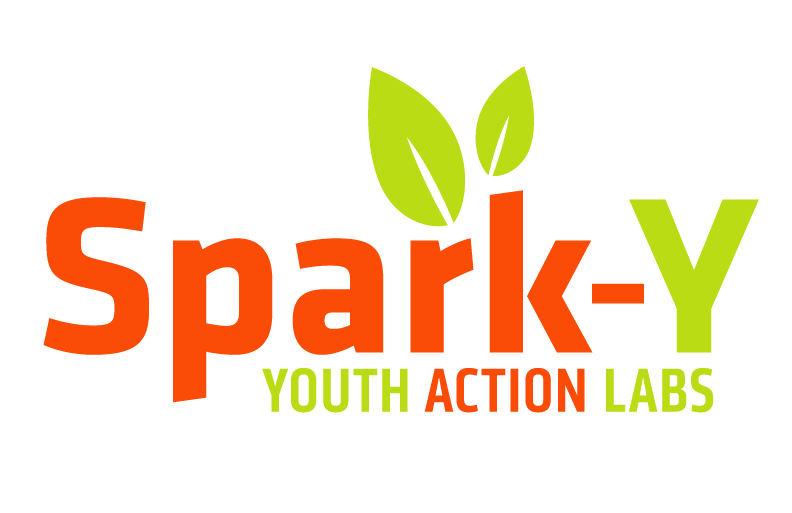“I hope they learned something from trouble shooting and watching me struggle. I hope they appreciate that I didn't give up when things weren't going well and took a mental note to do the same.” - Becca Ward, Ph.D, Spark-Y Education Facilitator
At Spark-Y, we encourage youth to learn through nature. That’s what our school programs are all about. It’s the “sustainable education,” in our mission statement. Whether it’s an in-school aquaponics program or garden-to-cafeteria program, our goal is for young people to engage in the process of learning. Instead of theorizing what sustainability is or learning science and business from a textbook, our youth are experiencing these subjects through real-world, hands-on learning.
If there’s one things we know from nature, not everything goes according to plan. Well, not our plans, at least.
An important aspect of how we teach our youth is by understanding that our “failures” often become our greatest teacher. Just as in nature, we learn to adapt and evolve when our current conditions are no longer sustainable. Often a failure sets in motion a greater opportunity for learning.
A great example of this happened last week at Edison High School, where Spark-Y partners to provide a host of elective classes, courses, and seminars. Becca Ward, Ph.D and Sparky Education Facilitator, shares her personal experience:
The goal was lofty. Set up 21 mini-aquaponic systems in a single high school biology class room. Enough so that each group of 4 high schoolers could take ownership of a system. Trying to prepare for every eventuality, we checked and double-checked materials, ran practice trials, and brought extra supplies. We even had a few extra fish, acknowledging that some wouldn't survive the stressful transition from pet store to high school class room. The build day came, and unfortunately, we needed a lot more than just a few extra fish. In the weekend following the build, half of them had passed away. With the rush of building, grow media had not been washed, and it’s likely some of our fish suffocated from dusty waters. A few developed fungal infections. Later that week, we found fish lice (a parasitic crustacean) feasting on the tail of a goldfish. And as the experiment progressed, more succumbed to high concentrations of ammonia and nitrite as we waited for bacteria to colonize.
In that first week, I rushed to pet shops, hoping to replace each fish before students noticed. But as the days passed, fish died at rates I couldn't keep up with and for reasons I didn't fully understand myself. Students asked me what was wrong. I told them, "I don't know... here's what might be wrong and here's what we could test, but I'm not sure."
It's been 4 weeks. We started with 50 fish and now have 10. I hope these last few survive. They've demonstrated a hardiness worthy of further investigation or perhaps commercial breeding. The experiment didn't go as I expected. I dreamt of perfect graphs showing the rise and fall of ammonia and nitrite levels, of students happily feeding their plump and healthy fish. Instead students learned about failure and confusion- not what I wanted to teach but still valuable skills for their professional and personal development. I hope they learned something from trouble shooting and watching me struggle. I hope they appreciate that I didn't give up when things weren't going well and took a mental note to do the same. And although it's not what I wished for, a small disappointment test emotional capabilities in a way that will hopefully serve these students later in life.
So, RIP Dumpy.



